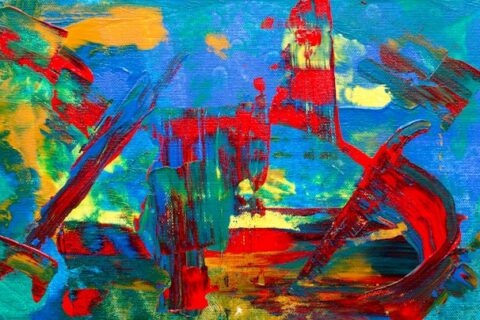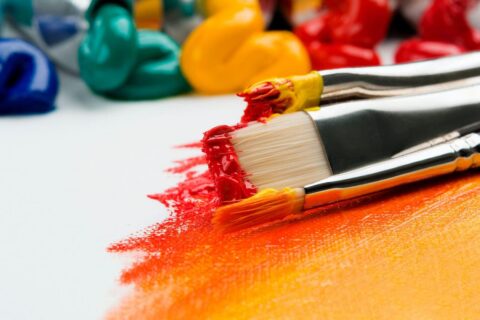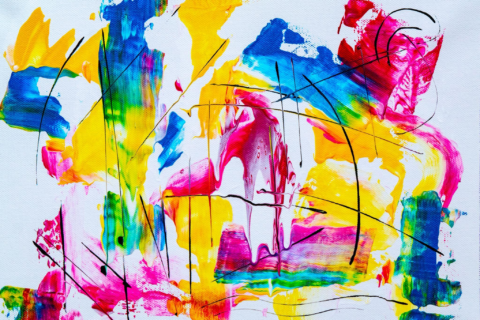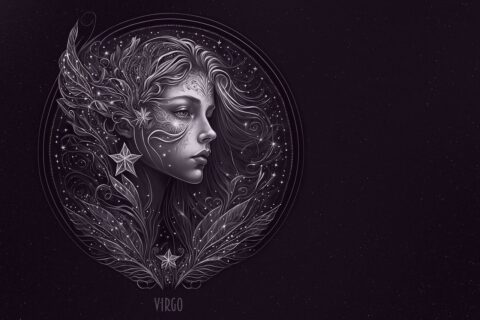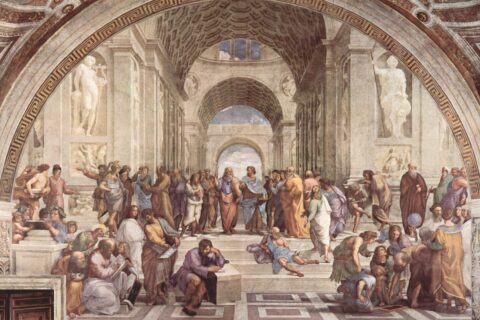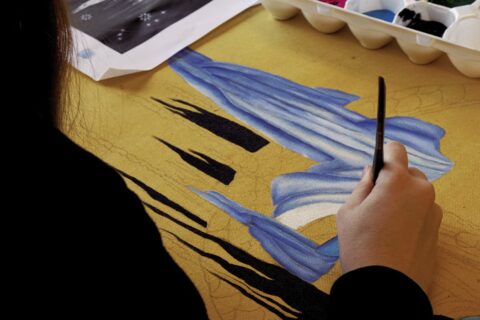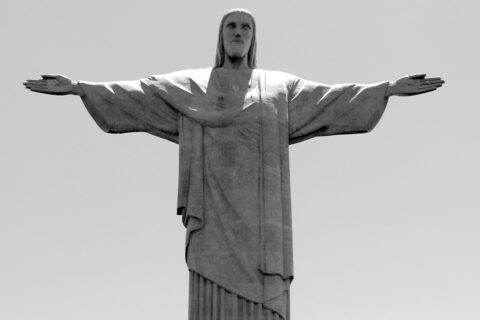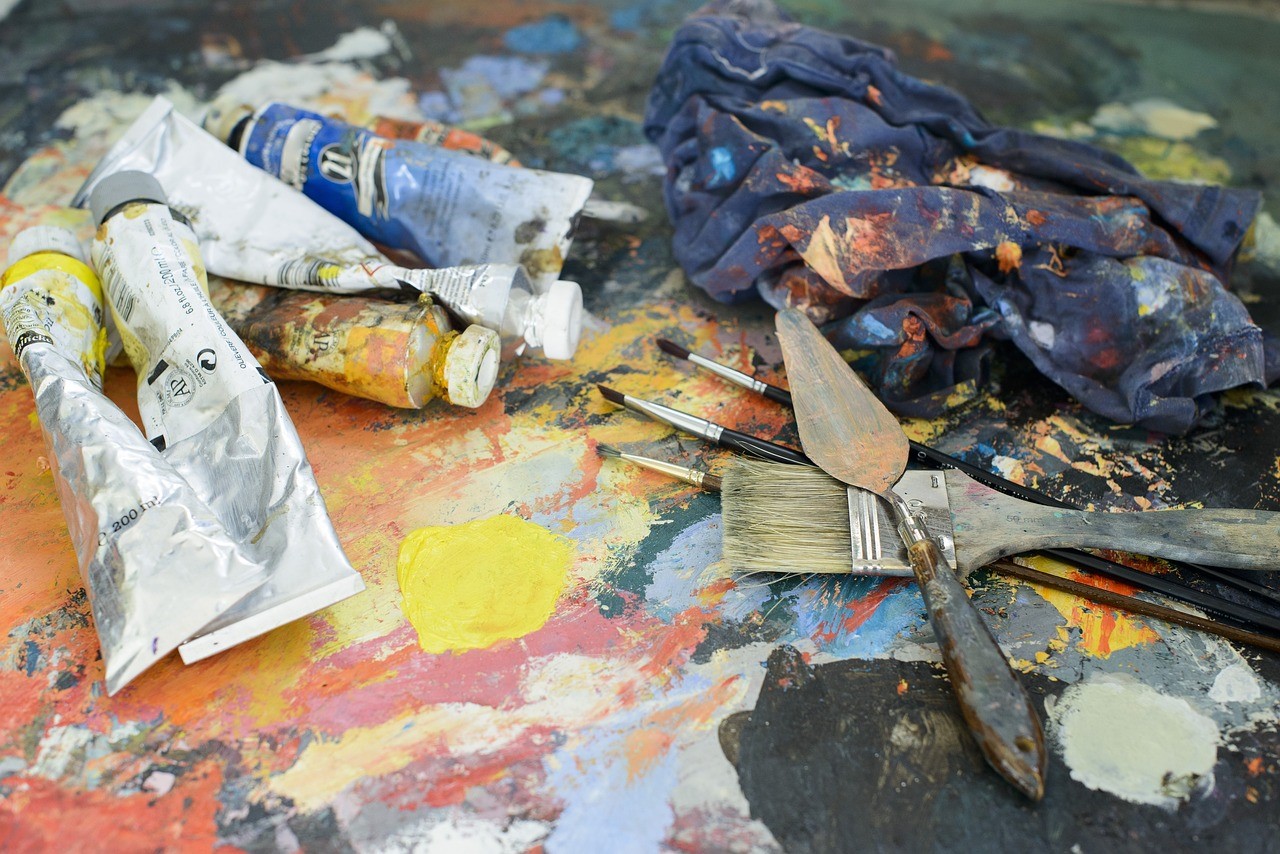
The Current State of Art
- Leake Camille
- January 26, 2023
- Famous sculptures and paintings
- No Comments
Art has always kept pace with the development of mankind and adequately responded to the various challenges it faced: both positive and negative (wars, disasters, and so on). With the help of art, people have always reflected their vision of the surrounding world, conveyed emotions, and shared parts of their inner world. Soon, art became a handy and universal communication tool that was understandable to anyone, regardless of nationality, age, place of residence, etc.
At present, these functions of art have not changed. At the same time, there is an increasing digitalization of this area of human activity and the impact of high technologies on producing the final product. In this review, you will be able to learn more about the main trends in the field of art as well as the prospects for its development in the future.
Main Features of Modern Art
In our era, art has not stopped its development and continues to amaze us with new trends, techniques, and masterpieces. Below, you can get an insight into the current challenges and opportunities modern artists face.
Reflection of society
Surely you have heard the well-known expression that art mirrors society and reflects all its negative and positive features. As you know, artists are not isolated creators, as one might at first glance. The masterpieces they create are the result of their interaction with the surrounding world in all its manifestations.
Artists often engage in a dialogue with issues that concern humanity as a whole and with problems and cultural atmospheres by describing events, commenting on aspects of political life, reflecting global events, and so on. Examples of this can be found regardless of the type of regional culture. For example, if we look at the African or Pacific regions, then unlike global Western culture, their people use such methods as special masks, totems, and so on. But it does not change the essence of art.
Despite the fact that the connection between “art” and “society” has always been clear, in recent times, it has been specially strengthened. With the help of photographs and videos, it has become possible to make art more visible: capture events at the moment, document them, expose facts, and so on.
Dependence on technological development
The interaction between art and society mentioned above is rather complicated. Sometimes traditional approaches are not enough to express all their aspects and colors. Therefore, artists pay attention to all possible methods and visual means available.
For many people, it is not obvious that any paintings, sculptures, various materials, etc., are no more than a direct result of the development of society. This concept affects not only drawing but all forms of art in general. If we take a short course in history, we can see examples of this feature in the visual arts.
As you know, the first tube for paint was invented approximately in the middle of the 19th century. It encouraged artists to paint outdoors. As a result, about twenty years later, the art world saw the rise of impressionism. Could this genre develop and become so popular without this seemingly small invention? Probably not.
However, in the future, the situation has reached a completely new level. Every year the interaction between technological progress and artistic creativity becomes more and more visible. New methods of work become available to artists and the materials they use to create masterpieces: various kinds of polymers, plastics, new metal alloys, and so on. It significantly expands the possibilities now limited only by the flight of the author’s fantasies.
Among the artistic techniques that have revolutionized art, it is worth noting, first of all, video, various types of photography, 3D printing technology, computer programs, and so on. In the era of encryption, it is the last option on the list that plays a decisive role. The world has been covered by a revolution of artificial intelligence that creates unique pictures with the help of special algorithms and minimal outside influence.
Globalization issues
Globalization is no longer a subject of controversy since this trend has been clearly identified and has been gaining momentum for several decades. In practice, this means easier access to various types of cultures, economies, industries, and information resources on a global scale.
Initially, it was a feature of exclusively Western culture or elements adopted and assimilated into it. In the future, there is a high probability of a change in the course of this process. As a result, we will see an increase in the attention of non-Western artists to all the same non-Western symbols. We can already observe some features of this princess. If you look at works by Moroccan artists who actively use, for example, the themes and culture of the bazaar.
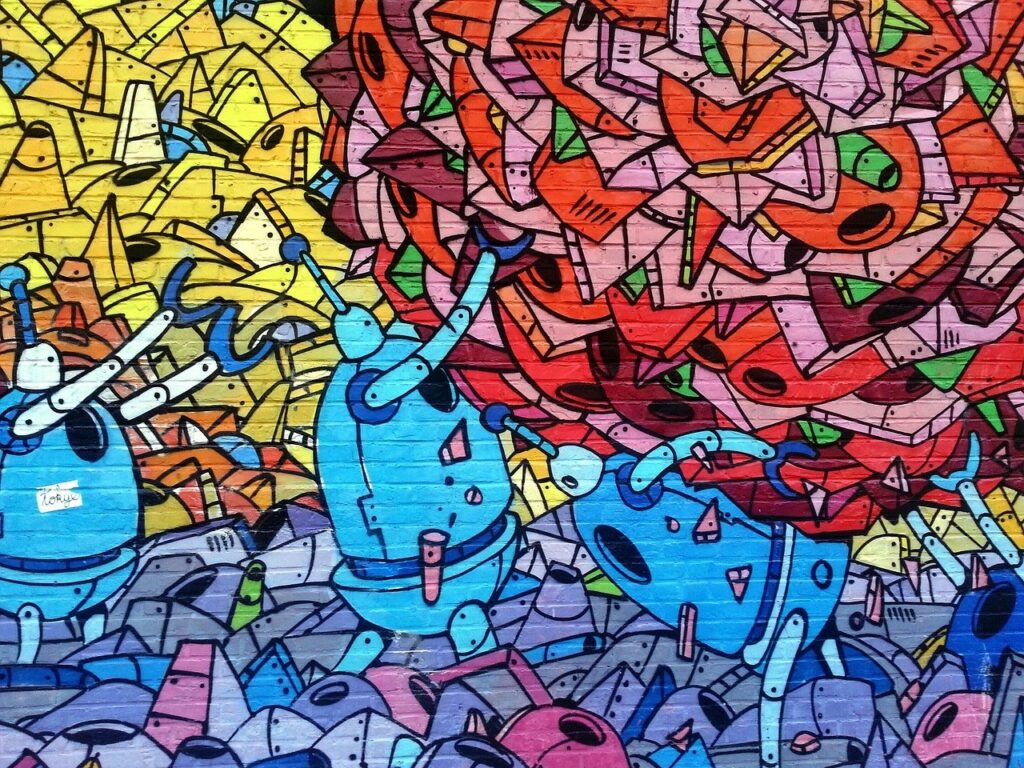
The Criticism of the Future of Art
The situation with art is rather heterogeneous. While some development perspectives are quite obvious, there are outright dissonances with which we should deal. For example, for a long time, art has been a rather confidential environment with a limited number of dedicated vigilantes. At the same time, there is currently a lively debate about the “huge global circus” in which the big brands, billionaires, and so on have their place and play the rules.
On the other hand, some support globalization as a certain “portal” for more people to enter the arts and make it more accessible. In today’s society, many perceive art as part of the entertainment industry. So, for example, a huge number of museums that have appeared recently become rather tourist objects whose only purpose is to attract visitors and earn money. From this point of view, they can be compared with big shopping centers. Expensive brands also decided to boost their cooperation with artists in order to show that their product is not only of high quality but also has some deep, philosophical meaning.
